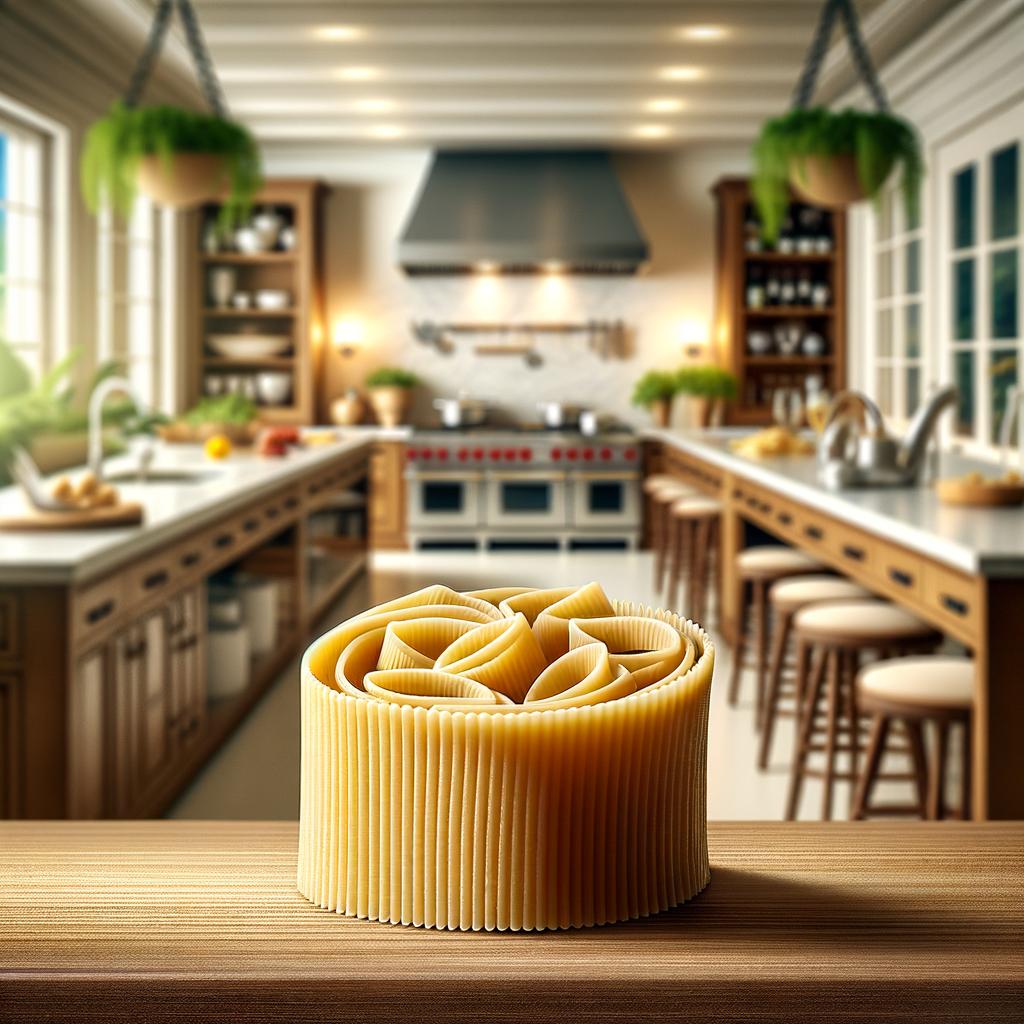for the Pansotti

Description
Pansotti, a term translating to "pot-bellied," is a delightful ingredient hailing from the heart of Italian cuisine. These triangular, plump parcels of pasta are reminiscent of tiny, bloated bellies, hence their endearing name. The texture of pansotti is a symphony of contrasts: the pasta exterior is soft yet firm to the bite, while the filling is typically a creamy, rich blend of ingredients such as spinach, ricotta, and herbs. The flavor profile of pansotti is a harmonious blend of the earthy greens, the tangy cheese, and the subtle notes of the pasta dough, all coming together to create a symphony of taste that is uniquely Italian.
What sets pansotti apart from other stuffed pasta is its traditional filling of wild greens, a testament to the Ligurian region's love for foraged ingredients. This distinctive filling, coupled with the pasta's pot-bellied shape, makes pansotti a unique culinary treasure in the world of Italian cuisine.
Primary Uses
Pansotti is traditionally served in a walnut sauce, known as "salsa di noci," which complements the pasta's earthy flavors with its creamy, nutty profile. This dish is a staple in Ligurian cuisine, especially during the Lenten season.
Beyond the borders of Liguria, pansotti has found its way into various Italian dishes, from hearty soups to salads, and even main courses where it is served with a variety of sauces. While its culinary use is vast, pansotti also holds a cultural significance in Italy, symbolizing the region's respect for nature and the changing seasons.
History
The history of pansotti is as rich as its flavor. Originating from the Liguria region of Italy, this pasta was traditionally prepared during the Lenten season as a symbol of penance. The use of wild greens was not just a gastronomic choice, but a nod to the season of renewal and the region's abundant wild vegetation.
Over time, the popularity of pansotti transcended the boundaries of Liguria, finding its place in the broader Italian cuisine and beyond. The pasta's unique shape and filling have inspired countless variations, each narrating a different story of the region it represents.
Nutritional Information
Pansotti, like most pasta, is a good source of carbohydrates, providing the energy needed for daily activities. The traditional filling of wild greens makes it rich in dietary fiber, vitamins A, C, and K, and minerals like iron and calcium. The addition of ricotta adds a good amount of protein and calcium to the dish.
However, as with all foods, moderation is key. The creamy sauces often served with pansotti can be high in fat, so it's essential to balance consumption with a varied diet. Compared to other pasta, pansotti's unique filling of wild greens gives it a nutritional edge, offering a greater variety of vitamins and minerals.
In the grand tapestry of food history, pansotti is a testament to the Italian philosophy of "cucina povera" - making the most of simple, available ingredients to create dishes that are nutritious, flavorful, and steeped in tradition.

